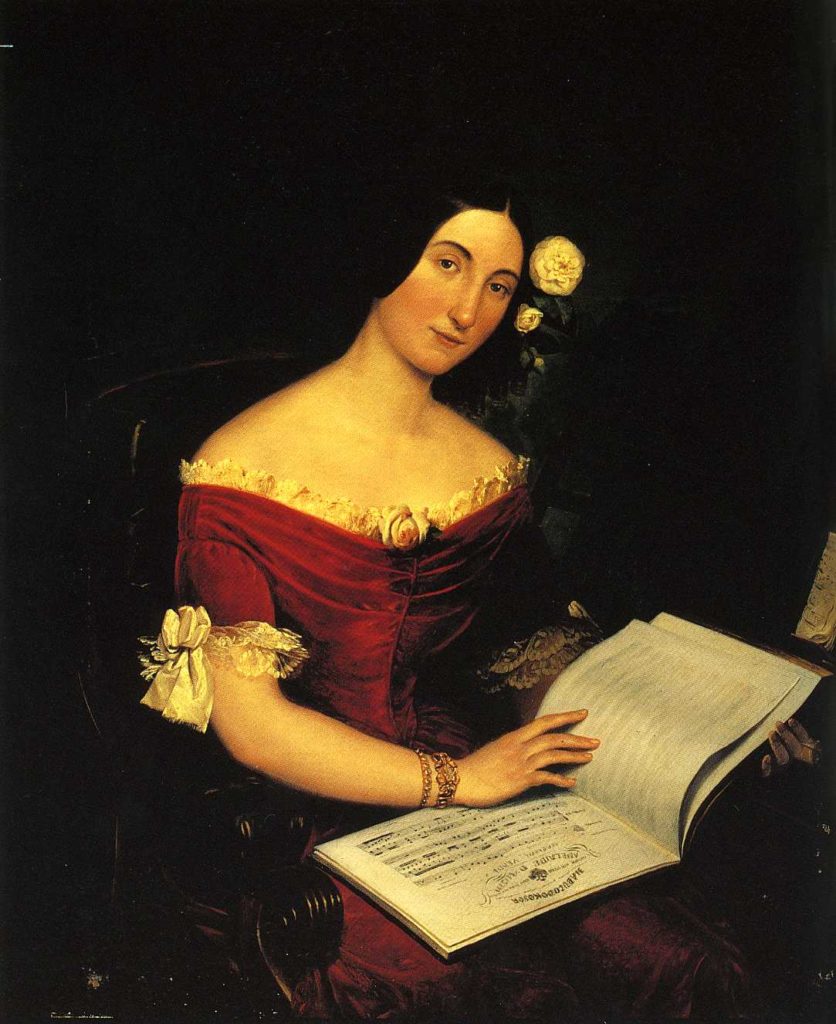Giuseppe Verdi and Teatro la Fenice

Yesterday’s Music History Monday post – entitled “The Phoenix Rises” was about Venice’s fabled opera house, the Teatro la Fenice, “The Phoenix Theater.” Among the many operatic premieres that the Fenice has seen on its boards are five – count ‘em, five – by Giuseppe Verdi (1813-1901): Ernani (1844); Attila (1846); Rigoletto (1851); La Traviata (1853); and Simon Boccanegra (1857).
These operas are no strangers to this Patreon page. My Music History Monday post for March 6, 2017, focused on the 164th anniversary of the (disastrous) premiere of La Traviata, which took place at the Fenice on March 6, 1853. My Dr. Bob Prescribes post for May 11, 2021, focused on Verdi’s fifth opera, Ernani, which received its premiere at the Fenice on March 9, 1844. Today’s post will focus on yet another of Verdi’s Teatro la Fenice premieres, that of Rigoletto, which took place on March 11, 1851. Specifically, this post will focus on how Verdi managed to get a highly charged political story past the Venetian/Austrian censors and into production. (For our information: Austria ruled Venice and its home province of Veneto until 1866 when, after the Third Italian War of Independence, the city and province were incorporated into the newly minted Kingdom of Italy.)
Projects

Back in his hometown of Busseto, Verdi spent the last days of 1849 and the first weeks of 1850 considering new projects (and we’re not talking about his long-term girlfriend and future wife Giuseppina Strepponi’s “Honey Do” list: “Giuseppe, the Jacuzzi is on the fritz again!”). Opera projects: lots and lots of possible future projects occupied the self-described “galley slave’s” attention. Verdi drew up a list of possible operatic texts, and even a partial reading of that list reveals an extraordinary collection of literary masterworks old and new. At the top of the list were Shakespeare’s King Lear, Hamlet, and The Tempest; Kean, by Alexander Dumas pere; Victor Hugo’s Marion Delorme, Ruy Blas, and Le Roi s’amuse (“The King’s Jester”); Lord George Gordon Byron’s Cain; Jean Baptiste Racine’s Phedre; Pedro Calderon de la Barca’s A secreto agravia secreta venganza; Vicomte Francois Rene de Chateaubriand’s Atala; and Count Vittorio Alfieri’s Filippo (which would eventually become the opera Don Carlo), among others. …
Continue reading, only on Patreon!
Become a Patron!